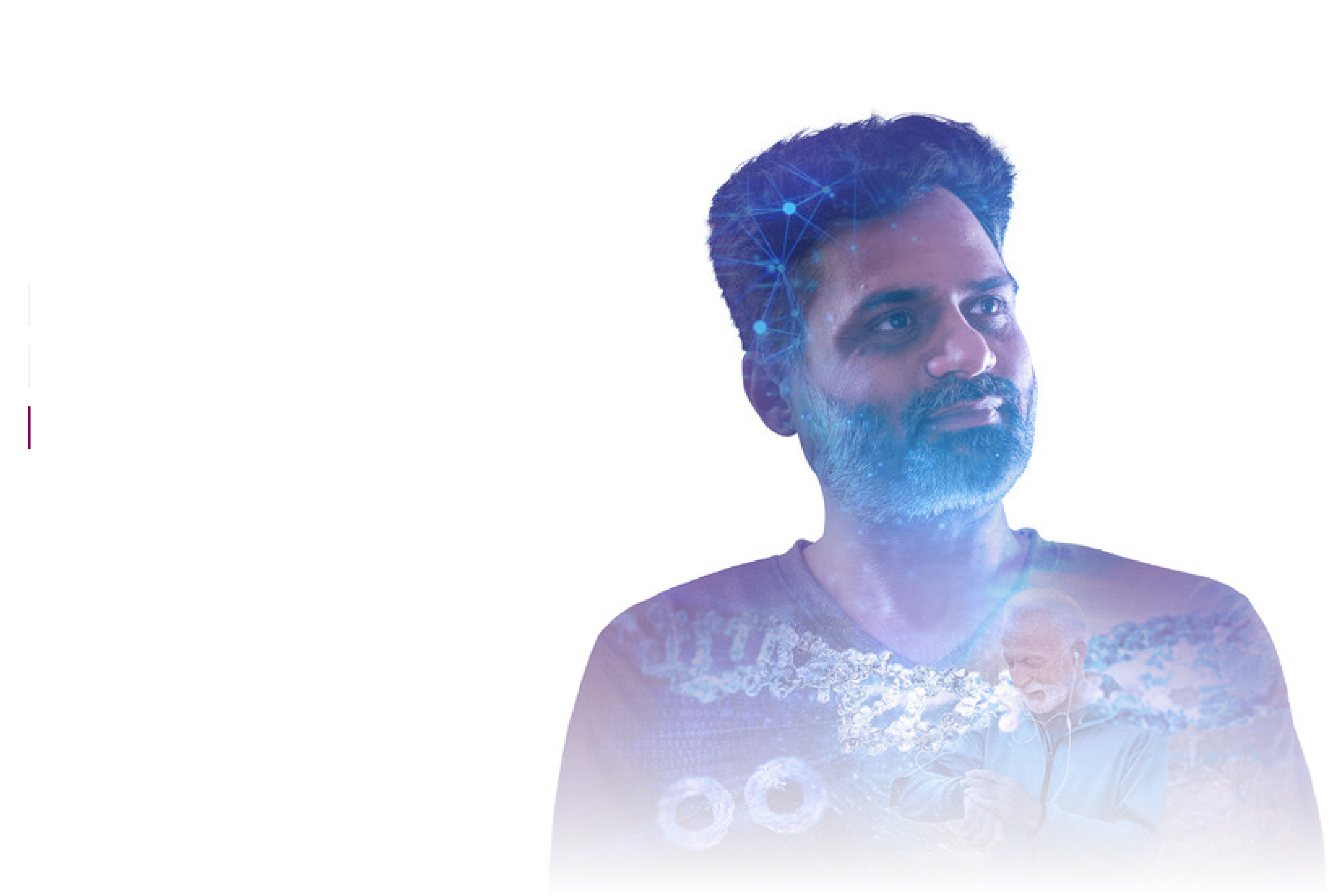Welcome to AstraZeneca clinical trials
This site is part of AstraZeneca`s commitment to provide patients, their relatives, caregivers, doctors, researchers and the public with information about AstraZeneca clinical trials, which includes trials sponsored by a member of the AstraZeneca Group of Companies. This site has been developed to increase knowledge and awareness around what clinical trials are and what it means to participate in a clinical trial.




